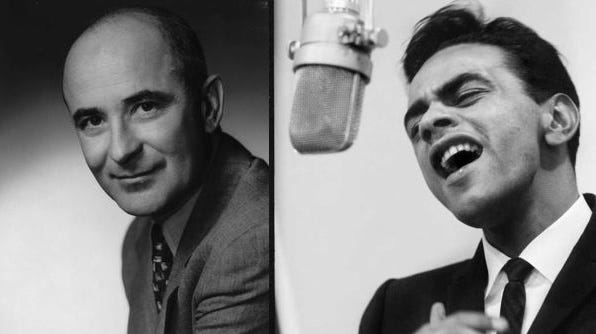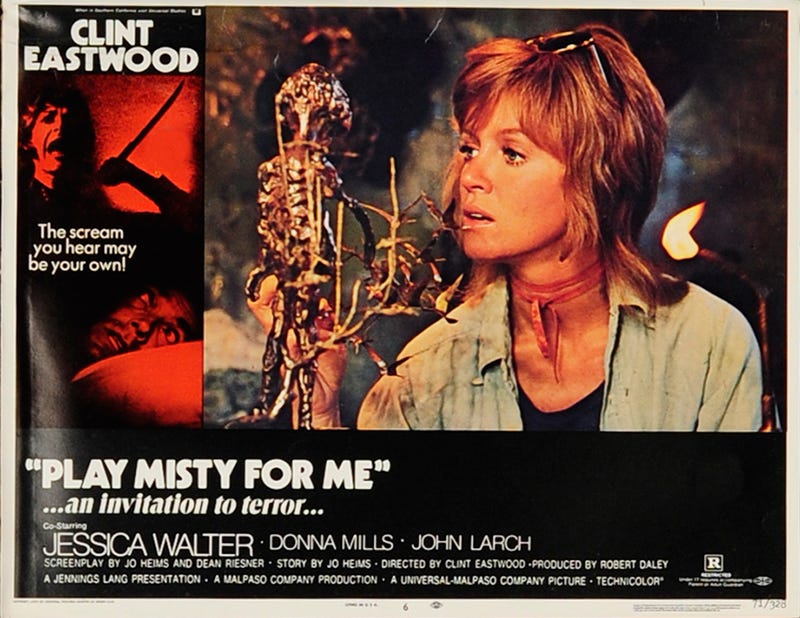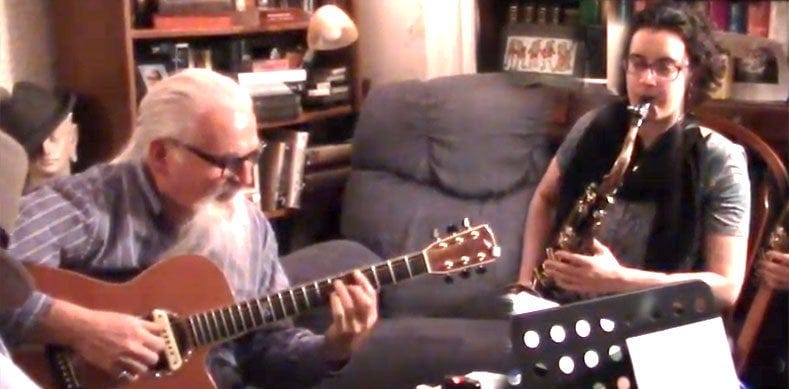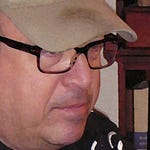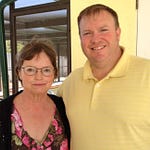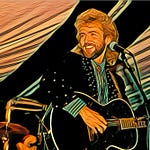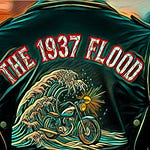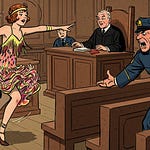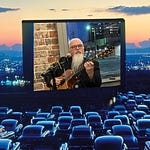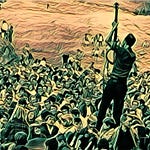“Timeless” is a much overused word, but were it not, we ourselves would happily overuse in talking about “Misty.” It’s hard to imagine a time when this scintillating melody did not exist. Actually, though, it is a relative newcomer to the Great American Songbook.
“Misty” began its life as instrumental. It was 1954 — decades after many of the great jazz standards were born — when pianist Erroll Garner composed the song in the traditional 32-bar format and recorded it with his trio for their Contrasts album.
Garner always said he developed his most famous melody while on a flight from San Francisco to Chicago. During that trip, the plane passed through a wild thunderstorm, and then, as the flight descended into O’Hare, Garner looked out the window to see a rainbow glowing through a haze.
Moved by the sight, he begin composing "Misty" on the spot, striking imaginary piano keys on his knees as he hummed the notes (causing, incidentally, a neighboring passenger to summon a flight attendant, worried that the jazzman had maybe, you know, well, flipped out…).
Anyway, because he did not write or read music, Garner committed his new tune to memory until he could get home and record it for transcription.
Along Came the Johnnies
Only later did famed lyricist Johnny Burke add his iconic words to the melody, just in time for a young Johnny Mathis to rocket the song — and himself — to international fame with his 1959 album, Heavenly.
Mathis was still in his teens when he heard Garner playing the song in the Black Hawk jazz club in Mathis’ home town of San Francisco. He recalls blurting out, “Mr. Garner, I am going to record your song if I ever make a record.”
Signed by Columbia Records a few years later at the age of 21, Mathis started singing jazz in that same Black Hawk club. After a couple of unsuccessful jazz recordings, Mathis started working with Columbia’s A&R chief Mitch Miller who steered him toward a more straightforward vocal approach and to more romantic songs. Then along came “Misty” and Mathis was Made.
Over the years, the Garner composition has been recorded by all the greats, like Ella Fitzgerald and Aretha Franklin, like Frank Sinatra and Sarah Vaughn. But it was the two original renditions — those by Garner and then by Mathis — that were inducted into the Grammy Hall of Fame.
Rebirths
“Misty” had a couple of interesting revivals in the 1970s.
In 1971, the song found a new audience in movie houses after actor Clint Eastwood paid Garner $25,000 for the right to use an instrumental version of the tune in his directorial debut film Play Misty for Me, a low-budget film that proved to be a box-office success.
Then in 1975 Ray Stevens, a country and novelty-song singer/songwriter/producer, had a big hit with an entirely different approach.
“Misty” was not on the schedule for the recording session that day, but Stevens and the other musicians were warming up and experimenting when they drifted into an upbeat, countrified version of “Misty.” They liked the sound, and the final version was recorded on the second take. It became a Billboard Hot 100 hit and was awarded a Grammy for Music Arrangement of the Year.
Our Take on the Tune
“Misty” has worn many hats in the Floodisphere. Back in the 1970s, it was a Ray Stevens-style campy instrumental for Joe and Rog. Then a few decades later, it became a sultry vocal standard for Michelle.
Nowadays — after Michelle went off to Cincinnati for the latest chapter of her life as the happily married Mrs. Rich Hoge — the song has returned to its original instrumental roots as a showcase for Vanessa and Danny.
This take from a rehearsal last month is a classic jazz rendering, starting with Veezy’s elegant statement of the melody, followed by her and then Dan exploring remarkable nuance among all those lovely Erroll Garner chords.






